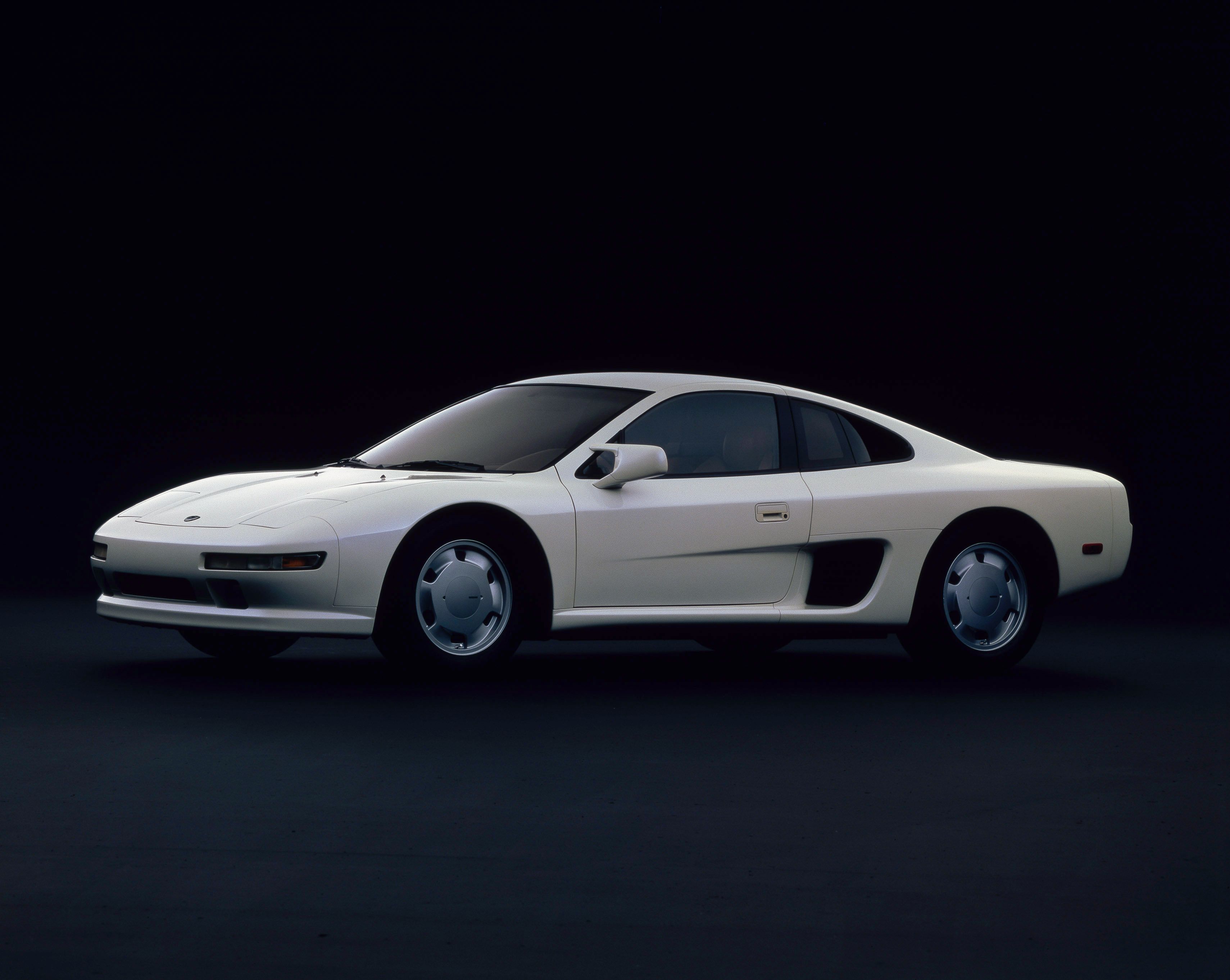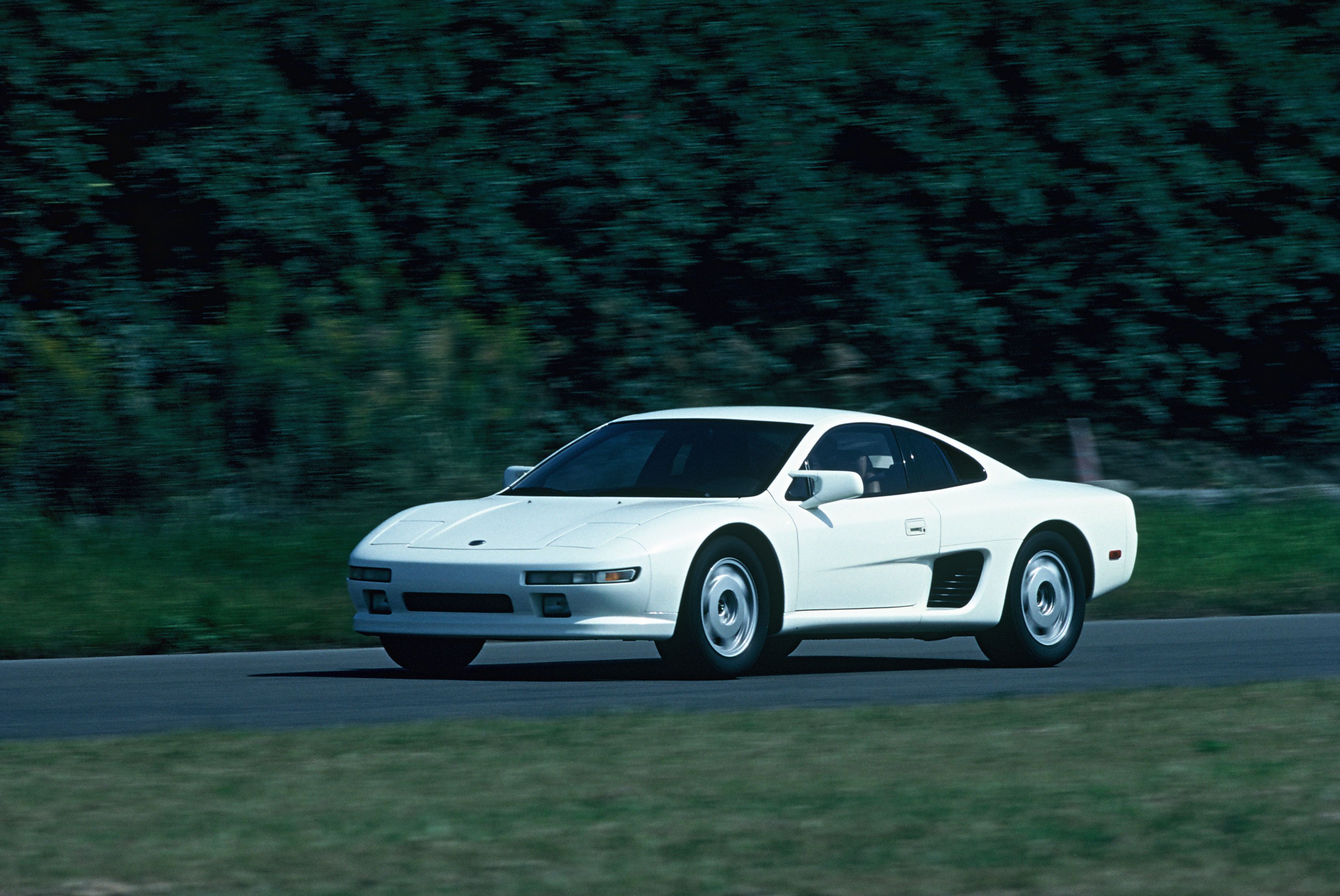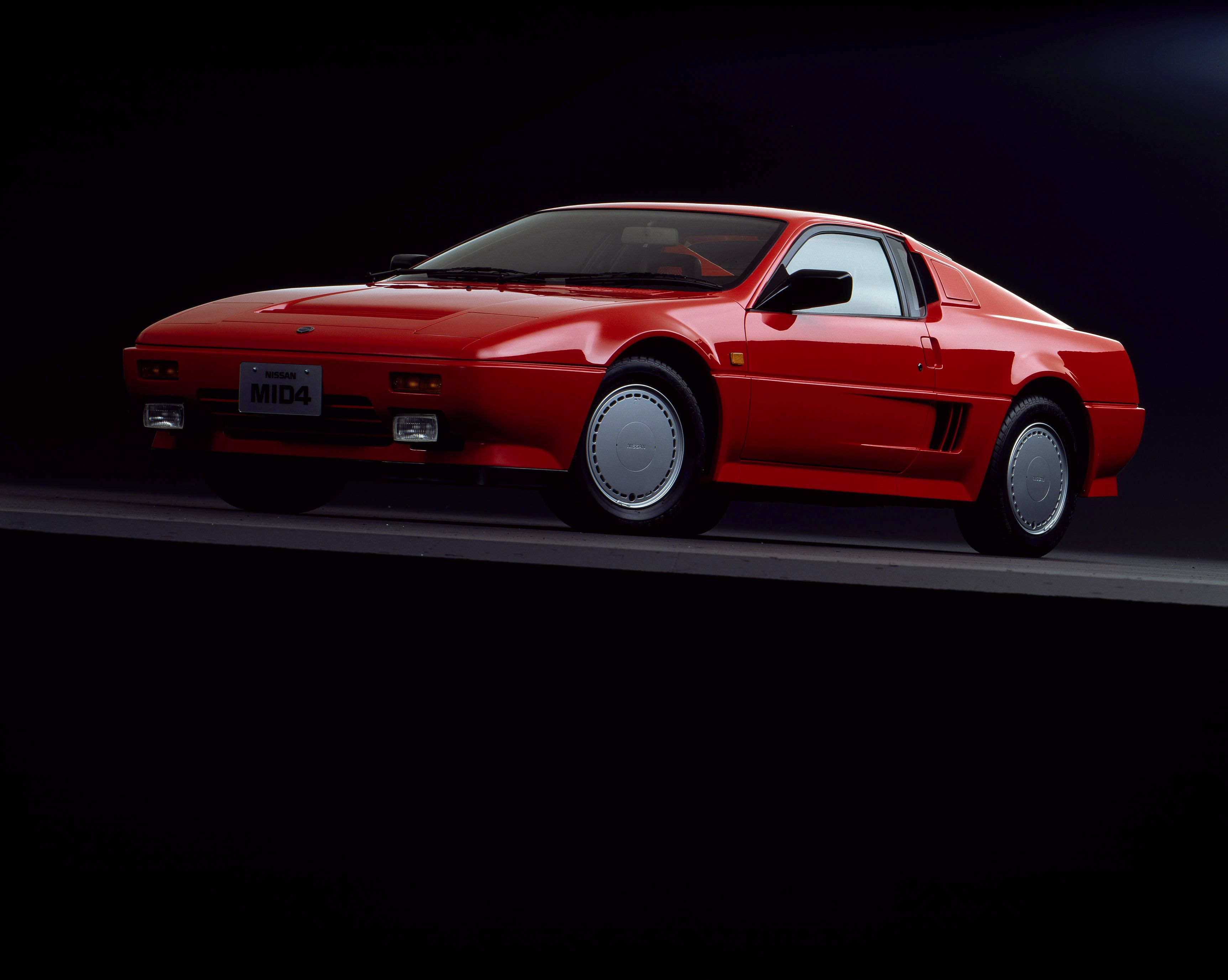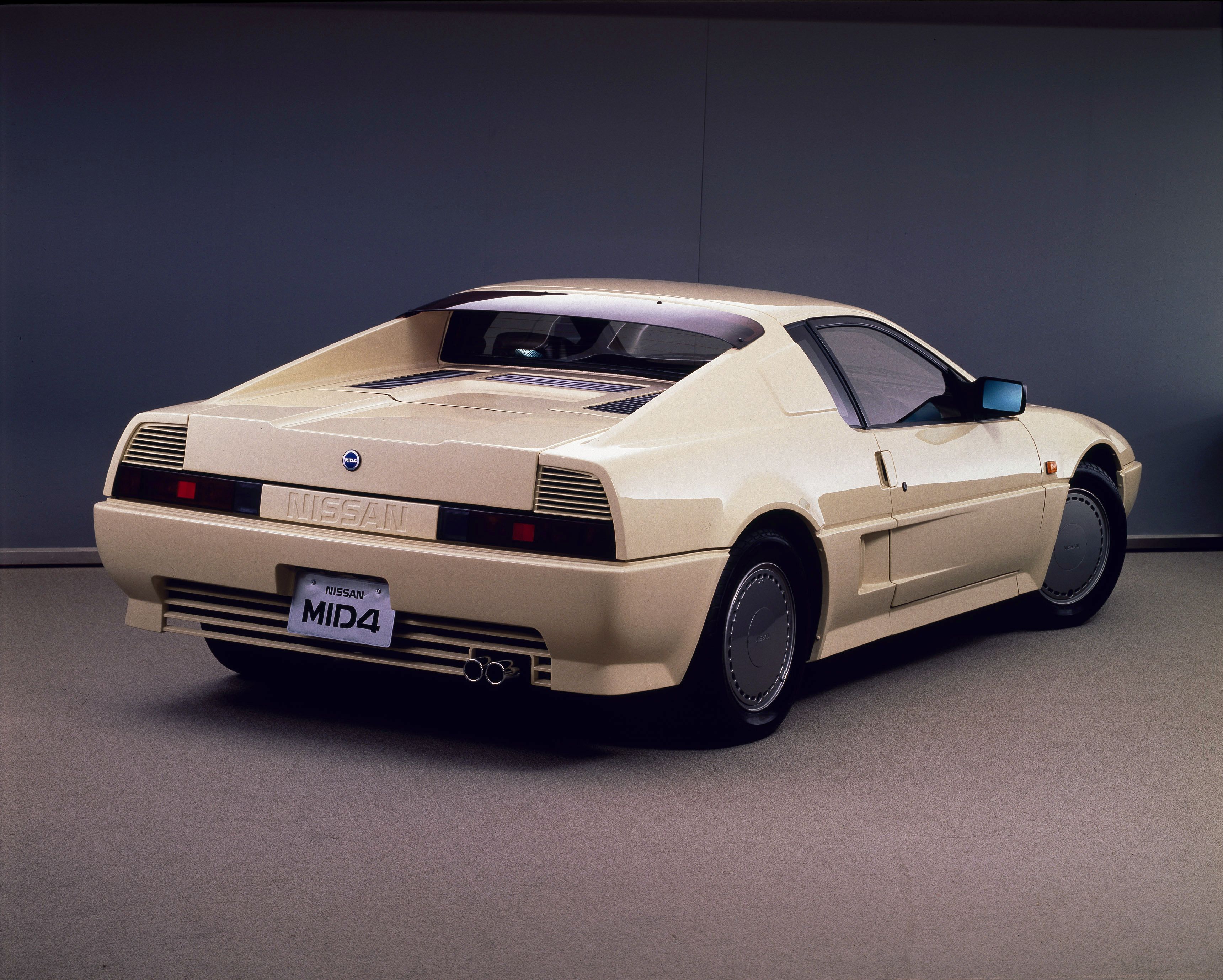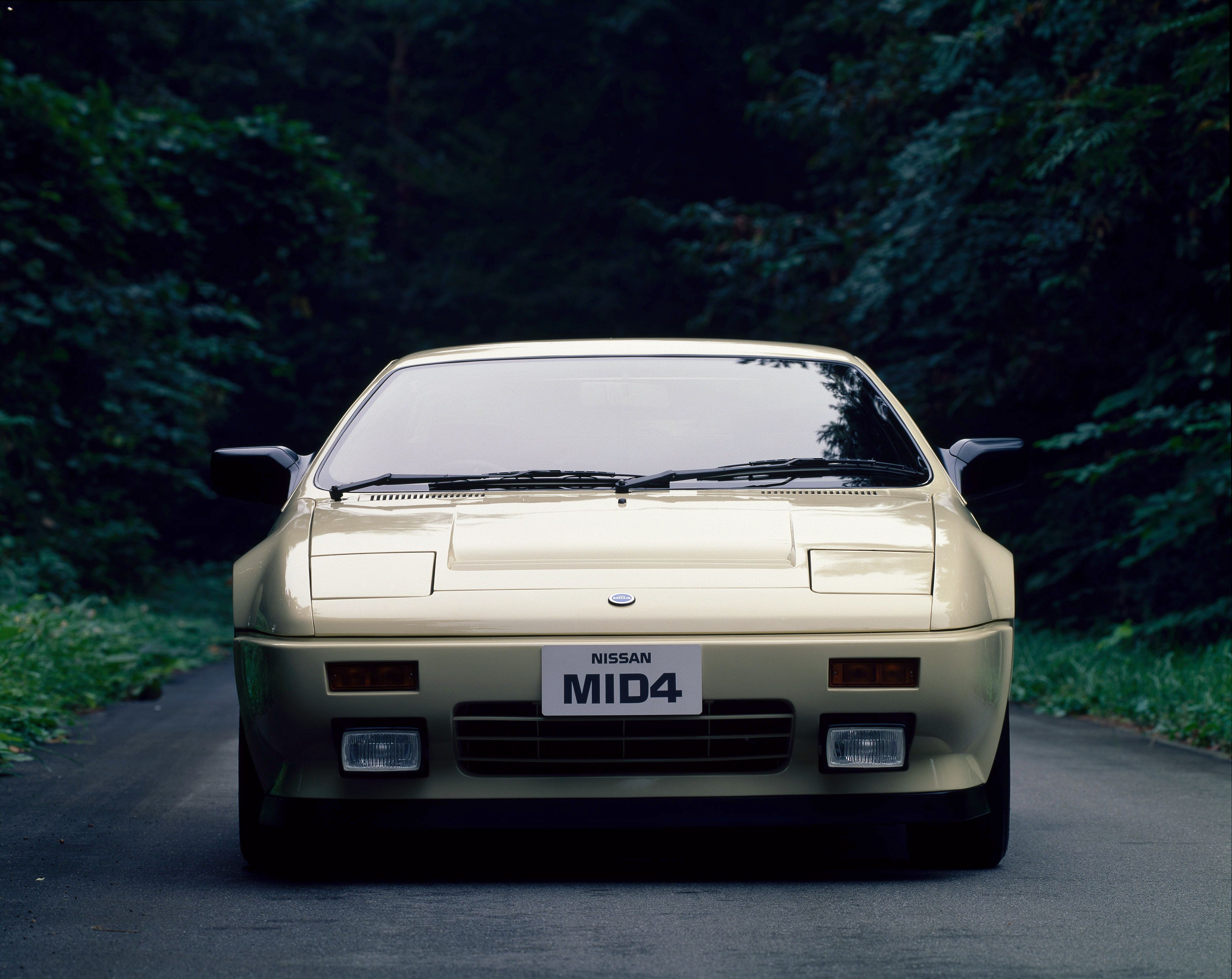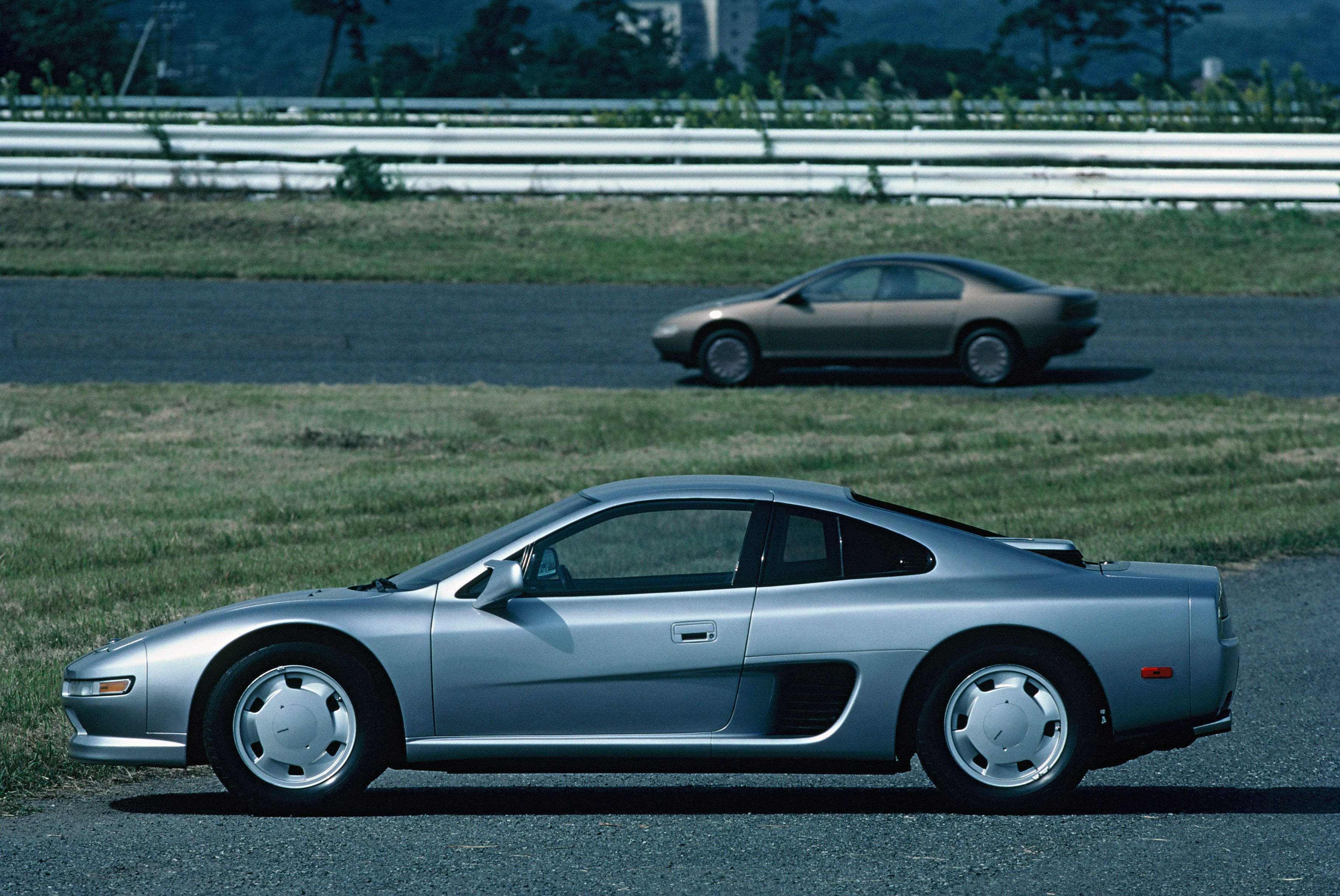Automakers, in general, often make decisions that change the course of their respective histories. We don’t often see these decisions in public, but every so often, concept cars play the role of avatars, giving us a peek at what could’ve been had a specific automaker decided to greenlight some of these concepts. There’s a laundry list of concept cars that never made it to production — and probably altered the history of some brands — but we’re here to shine the spotlight on one particular concept that could’ve altered the trajectory of the automaker that developed it. This is the Nissan Mid4, an experimental sports car that Nissan developed in the mid-1980s to compete against the Ferraris and Porsches of that era. Two concepts were introduced, but neither made it to production, leaving everyone with a big bowl of “what if” on their hands. What if Nissan launched the Mid4 as intended? What would the automaker look like now? We’ll never know the answers to these questions, but, rest assured, Nissan wouldn’t be the Nissan that we known now if the Mid4 came to life.
What’s the story behind the Nissan MID4?
Not a lot of people talk about the Nissan MID4 these days, even though they probably should.
From a stylistic standpoint, the MID4 was ahead of its time. It looked the part of a proper mid-engine sports car with its sloping hood, the pop-up headlamps, and thin bumpers that represented the prevalent styling characteristic of that time. The concept’s rear section, though, was where the MID4 stood out. From the large flying buttresses with small vents to the enormous rear decklid, the bluff tail with louvered vents, and the massive “NISSAN” logo that was flanked by understated taillights, the MID4’s rear section screamed for attention, and it got it.
Nissan unveiled the concept at the 1985 Tokyo Motor Show, and it almost sparked a riot. People loved it so much that Nissan was emboldened to create a new and more flamboyant successor: the MID4-II.
Ok, so it’s not the most clever name out there, but the MID4-II was an evolved version of the MID4, except that, by “evolved,” we mean to say that Nissan took the MID4’s aggressive design and dialed it up to 11 with the MID4-II.
Everything was in place for Nissan to launch the MID4-II to fill the halo-car spot in Nissan’s lineup. For reasons that are still being discussed to this day, Nissan opted to shelf both concepts, and the two MID4’s eventually faded into history. There are a lot of rumors floating around on why Nissan decided to ditch the project; the most notable one points the blame at Nissan, which got cold feet after realizing that the MID4-II looked better than it ran. Nissan, with its plans to take on Europe’s finest performance car brands, didn’t want those plans to blow up in its face. So it canned the cars, and we didn’t get to see Nissan take on Ferrari and Porsche with a halo supercar of its own — at least not until a few years down the road.
Did Nissan waste an opportunity by shelving the MID4?
In some ways, it did. Launching the MID4 could’ve set Nissan up for a different trajectory.
See, the demise of the MID4 didn’t necessarily mean that all its parts and pieces were scrapped. The MID4-II, in particular, was powered by a 3.0-liter twin-turbo V-6 (VG30DETT) engine that would eventually be used on the 300ZX. Just as important was the concept’s four-wheel steering system. The technology was first explored on the MID4-II, and when that whole project failed to get off the ground, Nissan continued to develop the system, eventually turning it into the HICAS system that was used prominently on the Nissan R32 Skyline GT-R. You could say that even if the MID4 and the MID4-II didn’t live past the concept phase, their DNA, specifically the MID4-II, lived on in what eventually became Nissan’s Z and GT-R lineups.
Would the Nissan MID4-II have made a great rival for the Honda NSX?
This is a “what-if?” that has a lot of intriguing answers. On the one hand, the development of both cars overlapped. Nissan started the MID4 program in the mid-1980s, right around the same time that Honda began working on the NSX, as first shown with the Honda Pininfarina eXperimental (HPX) concept. Both Nissan and Honda wanted to measure themselves against European performance car brands, and both had their own blueprints on how to accomplish that.
The difference between the two is that one automaker dropped its plans while the other pursued it. The latter would eventually become the Honda NSX — or Acura NSX here in the U.S. The truth is that we’ll never know if the MID4-II would’ve built the same legacy as the NSX did if Nissan launched the mid-engine sports car. If it did, there might not have been a 300ZX or, God forbid, a Skyline GT-R.
Nissan’s decision to drop the MID4-II created a timeline that has led the Japanese automaker to where it is now. You can argue if Nissan’s better or worse because of it, but you can’t deny, too, that the alternate reality where the MID4-II exists is just as intriguing.

